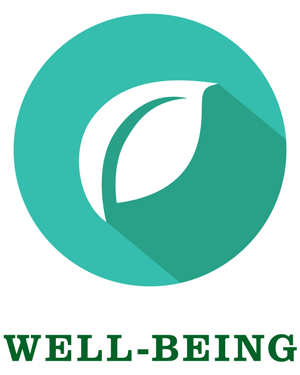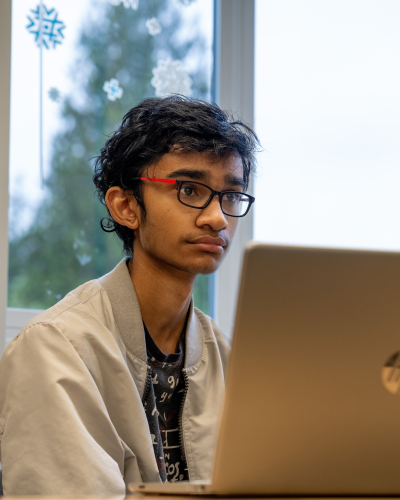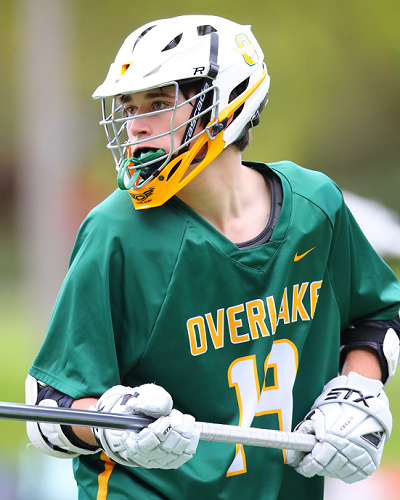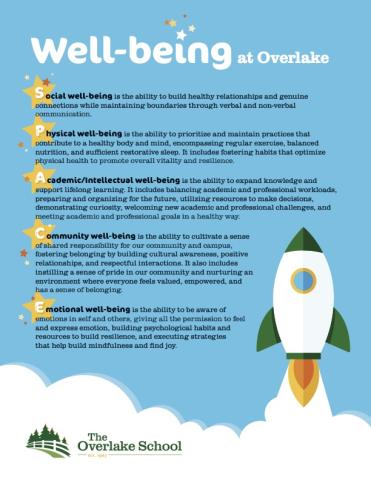Well-Being

Balancing student achievement and well-being is the focal point of this strategic plan pillar. But how do we ensure that both achievement and well-being can co-exist? First, it requires us to define what well-being looks like for both our students and our employees on campus. Learn more below about our goals in this pillar as well as what steps have been made in the first years of our strategic plan.
Please use our icon key below when reviewing each goal's progress:



![]()
A. Create a process for defining and evaluating well-being that includes input from students, parents, employees, with particular attention to our underrepresented and neurodiverse students.
![]()
B. Create the portrait of an Overlake graduate (see Institutional Identity pillar).
![]()
C. Research how achievement and well-being can co-exist, including by examining data from peer schools.
![]()
A. Communicate a broad definition of success to our students and families that emphasizes well-being.
![]()
B. Examine our branding and communications to ensure appropriate emphasis on well-being.
![]()
C. Support our families’ increased understanding of well-being through ongoing integrated education.
A. Ensure a robust system of support and connection for employees and students.
B. Evaluate our daily schedule to promote student and adult well-being.
C. Review the academic program including evaluation of graduation requirements, course loads, homework, AP courses, grades, mastery learning, and co-curricular activities.
D. Engage with professional learning organizations that focus on well-being.
E. Create robust and cohesive well-being/social emotional learning curriculum and programming integrated throughout the school.
F. Create systems to formally track and assess student and adult well-being.
Well-being means SPACE at Overlake
Overlake's definition of Well-Being
At Overlake, we aspire to prioritize the well-being of all community members, including our students, employees, and parents/guardians. Well-being is a series of skills or abilities that form a critical foundation for success, belonging, and thriving. Our definition includes numerous types of well-being, and we hope individuals can fluidly prioritize and re-prioritize each component to ultimately find holistic well-being. We define well-being for our community members as follows:
- Social Well-being is the ability to build healthy relationships and genuine connections while maintaining boundaries through verbal and non-verbal communication.
- Physical Well-being is the ability to prioritize and maintain practices that contribute to a healthy body and mind, encompassing regular exercise, balanced nutrition, and sufficient restorative sleep. It includes fostering habits that optimize physical health to promote overall vitality and resilience.
- Academic/Intellectual Well-being is the ability to expand knowledge and support lifelong learning. It includes balancing academic and professional workloads, preparing and organizing for the future, utilizing resources to make decisions, demonstrating curiosity, welcoming new academic and professional challenges, and meeting academic and professional goals in a healthy way.
- Community Well-being is the ability to cultivate a sense of shared responsibility for our community and campus, fostering belonging by building cultural awareness, positive relationships, and respectful interactions. It also includes instilling a sense of pride in our community and nurturing an environment where everyone feels valued, empowered, and has a sense of belonging.
- Emotional Well-being is the ability to be aware of emotions in self and others, giving all the permission to feel and express emotion, building psychological habits and resources to build resilience, and executing strategies that help build mindfulness and find joy.
Contact: Director of Health & Wellness
Contact
Samantha Hillyer ('01)
Director of Health & Wellness
shillyer@overlake.org
425-602-7077




